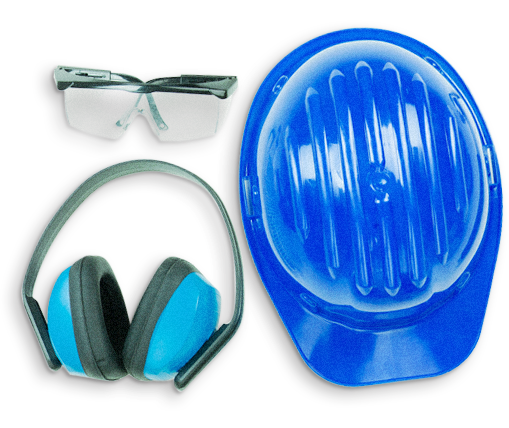Environmental Risks
There are certain things in the environment that can affect your health. This could include the effects of chemicals, on-the-job hazards, and food handling.

There are certain things in the environment that can affect your health. This could include the effects of chemicals, on-the-job hazards, and food handling.

You may be working with chemicals in your job or in your home.
To lower your risk when working with chemicals:
If you are exposed to chemicals in your workplace, there are some ways to reduce your risk. Follow all the safety guidelines and procedures recommended in your workplace.
All employers must, by law, provide workers with Material Safety Data Sheets (MSDSs) for the chemicals they work with. These have information about the possible health risks and how to work safely with the chemical.
Talk with your employer, your occupational health and safety officer or human resource representative to find out more about the chemicals in your workplace. You can also ask for a transfer to another work environment.
Learn more about occupational hazards.
Older homes can have lead in the paint or asbestos in the walls, pipes, flooring, paint, insulation or cement blocks.
Asbestos can damage the lungs and lead to lung disease and cancer. It can be found in older homes and buildings. It may be in plaster walls, pipes, flooring, paint, insulation, or cement blocks.
You can reduce your exposure to asbestos by always having asbestos testing and removal done by trained professionals.
Learn more about safer renovations here.
Use low volatile organic compound (VOC) products. These can include paint, glue and coatings. There are also low-emission carpets that release fewer chemicals into the air.
Learn more about VOCs here.
An occupational hazard is an on-the-job risk that could have a negative effect on your health. The risk could be to your physical or mental health. These could include injury, illness, disability (short-term or long-term) or death.
Below are the different types of occupational hazards:
To learn more about Occupational Health and Safety in Alberta click here. You will find links to regulation and codes, education and training, following standards and more.
To help protect yourself:
A Guide for Occupational Health and Safety for workers can be found here. The guidebook outlines what workers need to know to follow Occupational Health and Safety laws in Alberta.
If you’re concerned about a workplace hazard, talk with your employer or occupational health and safety personnel.
Talk with your health care provider if you’re exposed to a hazard in the workplace that might affect your reproductive health.
To report a workplace incident, accident or concern, call the Occupational Health and Safety Contact Centre at 1-866-415-8690.
You can also contact the Alberta Human Rights and Citizenship Commission confidential inquiry lines:
If you work in any of the following areas, there are risks with using some chemicals that you need to be aware of.
Healthcare risks:
Printing & Cleaning Services risks:
Cosmetology risks:
Agricultural risks:
Read the Material Safety Data Sheets (MSDSs) in your workplace to help reduce exposures.
A foodborne illness occurs when harmful germs, such as bacteria, parasites, or viruses, contaminate the food that you eat, making you sick. These germs may get into food when it’s prepared, processed, or if it’s washed with contaminated water.
When in doubt, throw it out: If you aren’t sure if a food is safe, don’t eat it.
There are two ways that foodborne illnesses occur:
The first symptom of foodborne illness is usually diarrhea.
You may also feel sick to your stomach, vomit, have stomach cramps, fever, and in severe cases, blood in your stool. Excessive diarrhea and vomiting can cause dehydration.
While most people recover relatively quickly from food poisoning, some may experience lasting health effects. If you suspect you have a foodborne illness, consult your healthcare provider or call Health Link at 811 for guidance.
Report suspected foodborne illness to Alberta Health Services, Environmental Public Health through their online portal.
For more information on food poisoning symptoms, see Foodborne Illness and Safe Food Handling.
Ready or Not contains a lot of information. So we created My To-Do List for you to use as a personal reminder, share with your partner, or bring to your next check-up.
Be sure to click “Add this to my To-Do List” anytime you see something you want to print, email, save, or share. Because we do not ask for any personal information, your list will only be saved for a week after your last added item.



